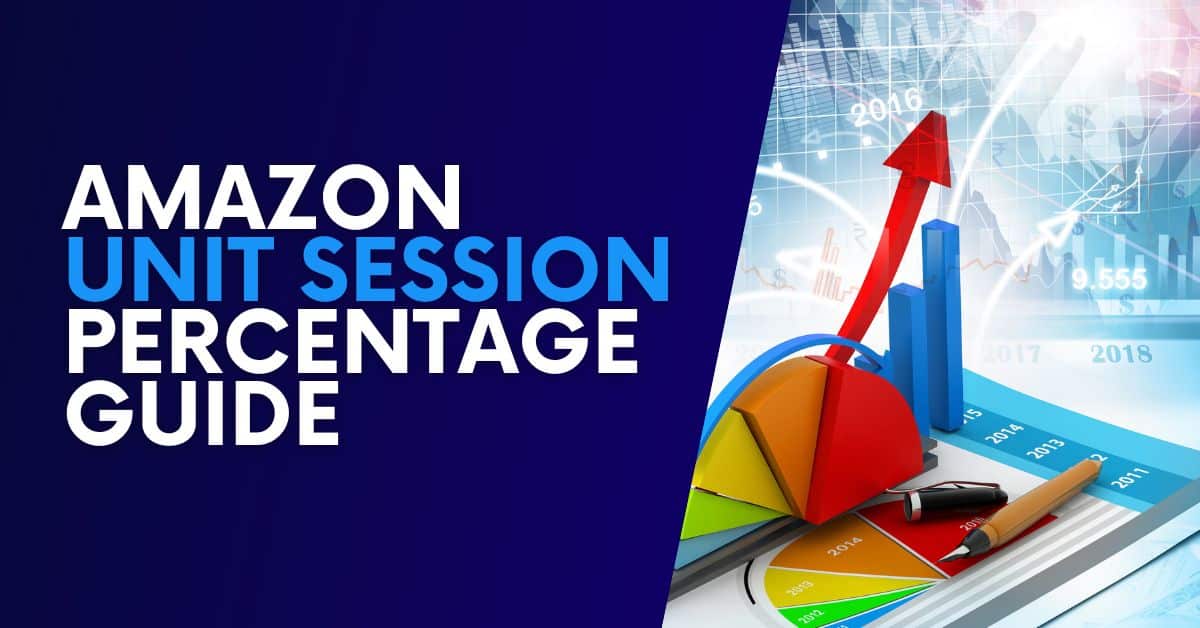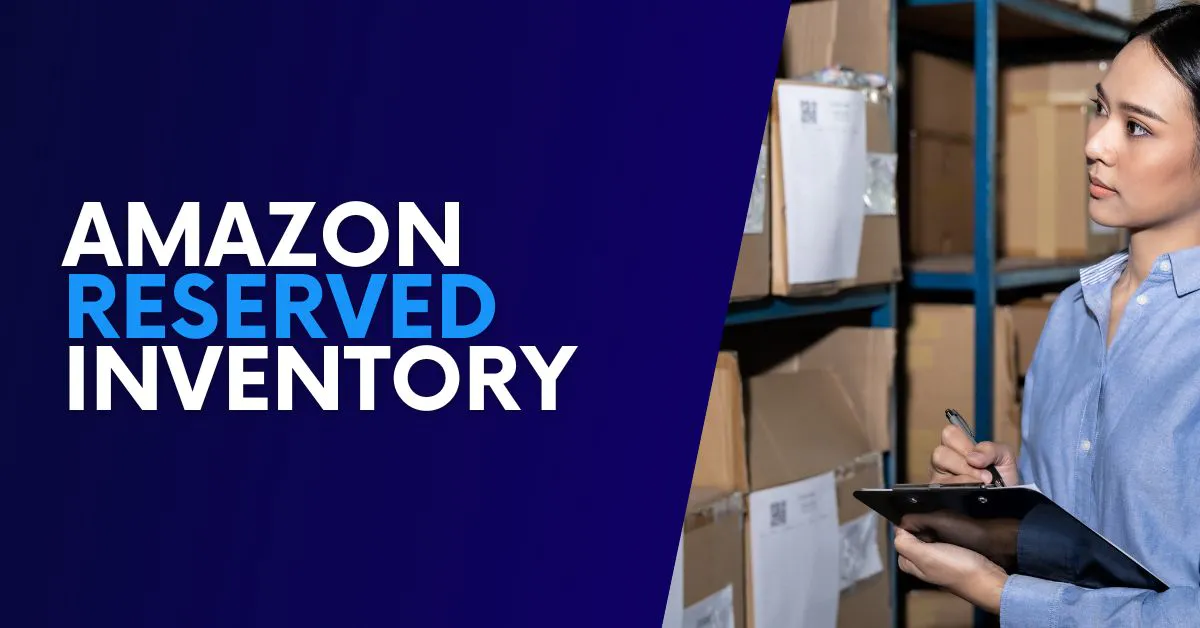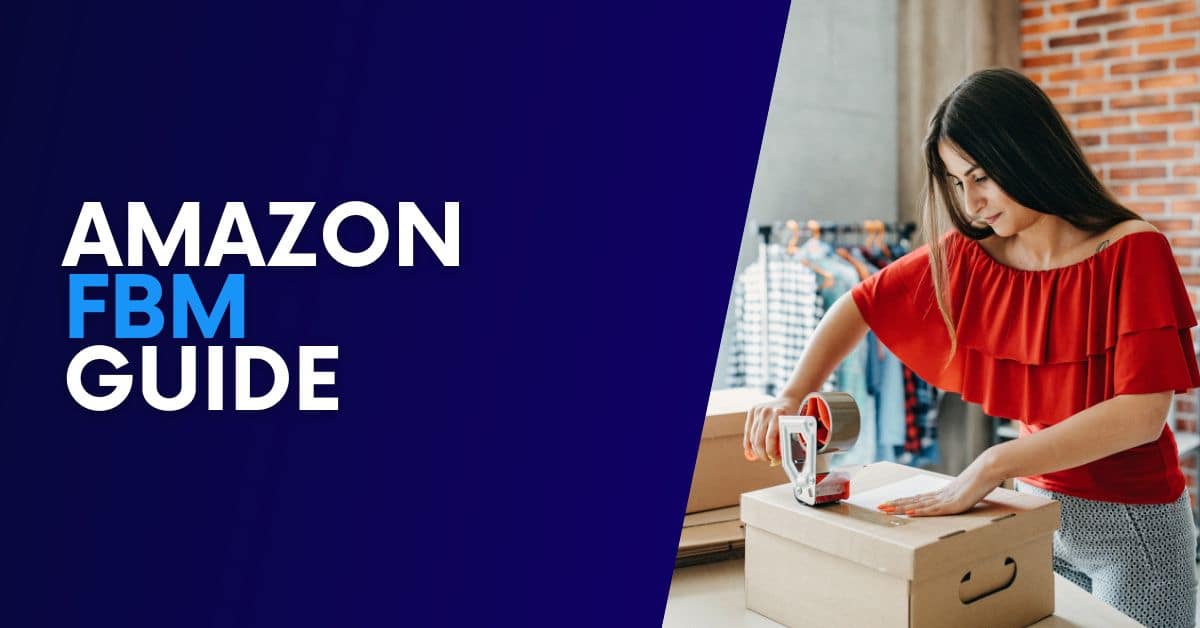How to Remove an Unauthorized Seller on Amazon [GUIDE]
How to Remove an Unauthorized Seller on Amazon
Unauthorized sellers on Amazon are sellers who obtain a brand’s product and list it for sale on the brand’s product listing without permission.
Unauthorized sellers on Amazon cost Amazon brands significant revenue every day.
To keep the buy box (featured offer), brands want to remove Unauthorized sellers from their product listings.
In over 10 years as a Fractional CMO, Amazon Consultant, and eCommerce Consultant, not to mention CEO, I’ve seen just about every mistake and the lessons from them. That means you get all the learnings without the scars.
Removing an unauthorized seller on Amazon helps protect your brand from unwanted price dilution, poor customer experiences, and you missing out on sales if they have the Amazon Buy Box.
I have first hand experience on how to remove a seller from your Amazon listing both before and after the launch of Amazon Brand Registry and fortunately, it’s much easier now.
That’s why I put together this in-depth guide of action items on how to remove an unauthorized seller on Amazon whether you’re an Amazon Seller Central seller, Amazon Vendor Central seller, using Amazon FBA, FBA Small and Light or selling Amazon B2B.

What is an Unauthorized Seller on Amazon?
Multiple sellers can sell the same product on the same product listing on Amazon.
This often arises from brand-distributor relationships, brand-wholesaler relationships, and brand-retailer relationships.
Generally, the brand sells the product to the 3rd party at an acceptable margin leaving room for the 3rd party to sell it for an agreed-upon MSRP on channels like Amazon.
This inherently creates competition for brands on Amazon selling against their own 3rd party relationships, but it isn’t unauthorized unless the brand claims exclusivity to the Amazon channel.
An unauthorized seller on Amazon is a third-party seller who is selling the brand’s product on Amazon’s marketplace without explicit permission or authorization from the brand owner or the manufacturer of that product.
This unauthorized seller typically sources the product through various means, such as retail arbitrage, liquidation sales, or potentially even counterfeit or replica products.
They then list these products for sale on Amazon without obtaining permission from the brand or product owner.
In addition to diluting brand equity, please believe me as a consultant for Amazon that this leads to many other unnecessary problems for brands.
Key Issues With Unauthorized Sellers on Amazon:
-
Lack of Authorization: Unauthorized sellers do not have a direct relationship with the brand or product manufacturer. They haven’t received approval or a reseller agreement to sell those specific products on Amazon.
-
Risk of Counterfeits: In some cases, unauthorized sellers may engage in selling counterfeit or replica products, which can harm the brand’s reputation and pose potential legal issues.
-
Price Competition: Unauthorized sellers often engage in price competition, attempting to undercut the prices set by authorized sellers. This can lead to price erosion and reduced profit margins for both authorized sellers and the brand owner.
-
Quality Control Issues: Unauthorized sellers may not adhere to the same quality control standards as authorized sellers, potentially leading to customer complaints about the product’s condition or authenticity.
-
Product Content and Image Control: Unauthorized sellers can alter product descriptions, images, and titles, which may misrepresent the product and confuse customers.
-
Violations of Brand Policies: Unauthorized sellers may violate brand policies, such as Minimum Advertised Price (MAP) agreements, further affecting brand relationships and pricing strategies.
-
Impact on Authorized Sellers: The presence of unauthorized sellers can negatively impact authorized sellers’ sales and profitability. It can also undermine their efforts to maintain brand integrity.
Dealing with unauthorized sellers and removing unauthorized sellers on Amazon can be challenging, but is necessary to protect your brand.
Here’s how to remove an unauthorized seller on Amazon.

How to Remove an Unauthorized Seller on Amazon
Techniques to Remove Unauthorized Amazon Sellers vary depending on what Amazon programs you participate in as well as what measures you’ve taken to protect yourself outside of Amazon.
The following are the steps I recommend to take to remove an unauthorized seller from your Amazon listing.
1) Identify Unauthorized Sellers:
- The first step is to identify the unauthorized sellers on your Amazon listing. Regularly monitor your product listings to find sellers who are not authorized to sell your products.
- You can do this by clicking the “more buying choices” box that appears underneath the Buy Box or “Featured Offer”. From here, you can see everyone selling your product.
- You will also want to set up lost Buy Box alerts in your favorite Amazon tool. Many times you lose a Buy Box as a brand because another seller drastically undercuts you on price. Someone violating MAP this strongly is typically an unauthorized seller.
2) Reach Out to Unauthorized Sellers:
- If you do need to involve Amazon, they will want to know that you’ve already tried to resolve the matter yourself first.
- Contact unauthorized sellers through Amazon’s messaging system or the contact information listed on their seller profile. Politely request that they stop selling your product, emphasizing that they are not authorized to do so.
3) Leverage Amazon’s Brand Registry:
- If you have a registered brand, use Amazon’s Brand Registry to protect your brand on the platform. This can provide you with more tools and support for brand protection.
- Before you reach out to Amazon, you’ll want to make sure you are brand-registered because they handle brand-registered brands with a higher degree of support.
4) Use Amazon’s “Report a Violation” Tool:
- If contacting the unauthorized sellers doesn’t work, use Amazon’s “Report a Violation” tool.
- You can report unauthorized sellers to Amazon and provide evidence that they are selling your product without authorization.
5) Apply for Amazon’s Brand Gating:
- If you have a registered brand and face persistent issues with unauthorized sellers, consider applying for Amazon’s Brand Gating program. This restricts who can list products under your brand, providing stronger protection.
- To apply for brand gating on Amazon, follow these steps:
- Brand Registration:
- Begin by registering your brand through Amazon Brand Services. Ensure that you have an active registered mark, which can be in the form of text or images with words, letters, or numbers.
- Compile a List of ASINs:
- Once Amazon approves your brand registration, create a comprehensive list of the ASINs (Amazon Standard Identification Numbers) that you want to have gated. In your application for brand gating on Amazon, include essential details such as your seller ID, the current list of authorized sellers, and any proactive measures you’ve taken to combat counterfeiting. Providing this information can expedite the brand-gating process.
- Submit Your Application:
- Submit your brand gating application. From here, Amazon takes care of the entire process, eliminating the need for you to constantly monitor the marketplace for unauthorized sellers or counterfeit products.
- Brand Registration:
6) Enroll in Amazon’s Transparency Program:
- Amazon’s Transparency program provides a unique serialization code for each unit you manufacture.
- Enroll in this program to make it easier to track and prevent counterfeit products.
- The brand and customers alike will be able to verify the product is authentic by scanning the barcode on the product with the Amazon app.
Once you’ve taken action, don’t forget to regularly monitor your listings for unauthorized sellers.
Most of the popular Amazon seller software offer listing monitoring that tells you how many sellers are on a listing, if you’ve lost the Buy Box and more.
That said, there are steps you can take to prevent unauthorized sellers on Amazon like:
- Distribution agreements: Clearly outline what channels they can and cannot sell your brands products on.
- MAP agreements: Many times an authorized seller becomes an unauthorized seller because they sell the product for a lower MSRP than the brand, which then harms brand equity. Ensure this doesn’t happen and that you have action to take if it does with a signed MAP agreement.

Frequently Asked Questions
By the way, marketing in Amazon & eCommerce is complex, with lots of challenges that cost you time & money.
If you want to sell more and spend less, I’m a top-rated Fractional CMO, Amazon Consultant & eCommerce Consultant with 10+ years of Fractional CMO Services, Amazon Consulting & eCommerce Consulting experience, and come with a proven, one-of-a-kind system to drive sales.
Whether it’s consulting Amazon brands, working with great companies at my Fractional CMO Agency or helping grow eCommerce website sales at my eCommerce Consultancy I can help you sell more & spend less.
Get a quick free consultation.






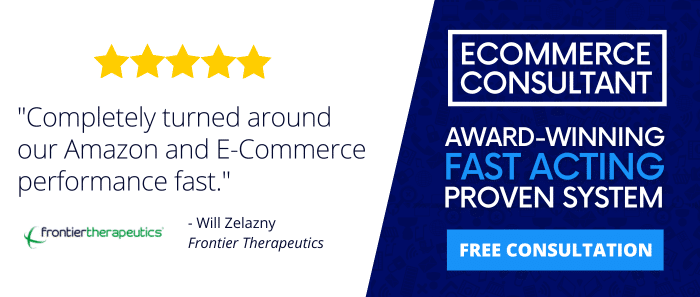


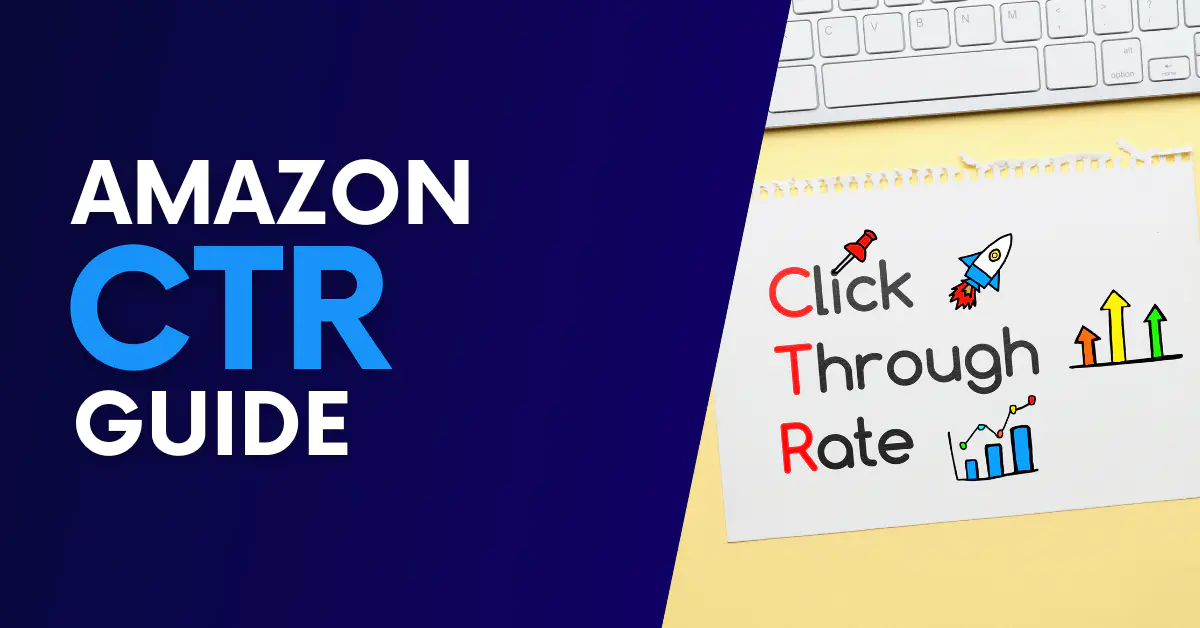
![How to Switch From FBA to FBM [Step By Step]](https://www.sourceapproach.com/wp-content/uploads/2024/08/How-to-Switch-From-FBA-to-FBM-The-Source-Approach-Amazon-Consultant-eCommerce-Consultant-Fractional-CMO.jpg)
![Amazon Posts EVERYTHING You Need To Know [EXAMPLES]](https://www.sourceapproach.com/wp-content/uploads/2024/08/Amazon-Posts-Everything-You-Need-To-Know-The-Source-Approach-Amazon-Consultant-eCommerce-Consultant-Fractional-CMO.jpg)
